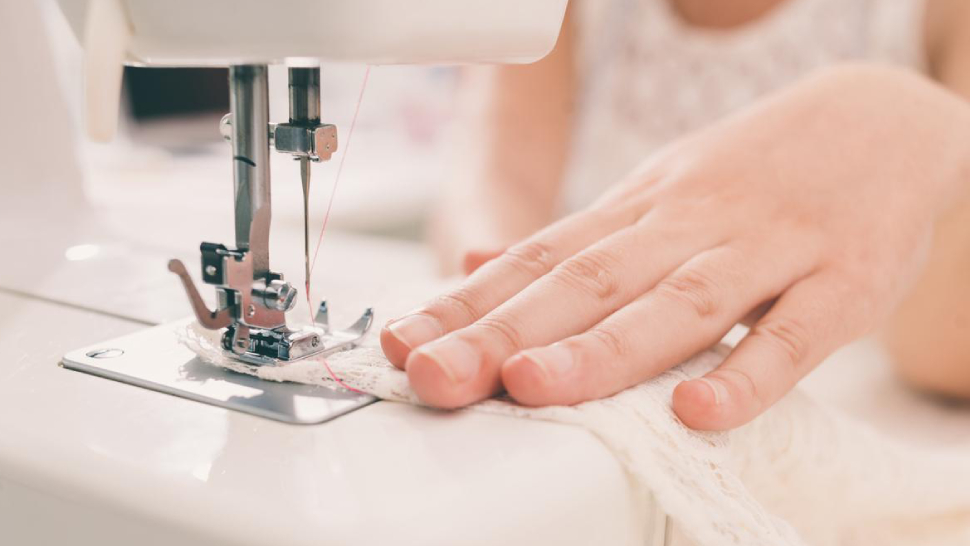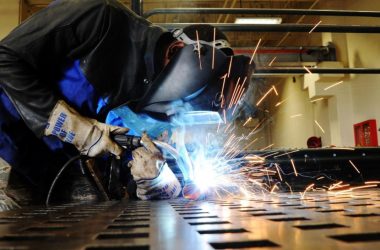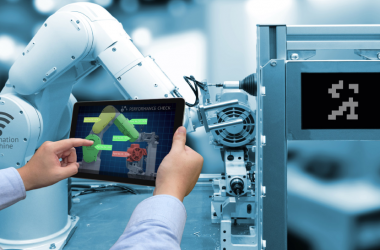Introduction to Industrial sewing machines
The industrial sewing machines are used for the mass production of garments. They are entirely different from the traditional sewing machines that are used in micro-commercial sectors. The industrial sewing machines are for long-term purposes and possess high-end quality metals like Aluminum or cast iron. Whereas, the traditional sewing machines may have some plastic gears.
What are the different types of industrial sewing machines?
Generally, there are four kinds of industrial sewing machines. The design of the arm and needle post makes them different from one another. Let’s discuss in detail about their uses.
- Flat Bed: This type of industrial sewing machine is similar to the domestic sewing machine as both possess a flat-bed. The arm and the needle of this machine expand until the flat-base of the machine. It is used in sewing the flat pieces of fabrics with each other.
- Cylinder bed: The Cylinder-bed sewing machine has a tubular-shaped bed. This type of machine is used in sewing the cylindrical shapes of fabrics like caps, hats, cuffs, and shoes. The diameter varies from 5 cm to 16 cm.
- Post bed: The post-bed machine feature a raised column rising over the flat-base of the machine. The height of the column ranges from 10 cm to 45 cm. The application of the machine is in difficult areas of sewing like attaching emblems to garments, manufacturing of boots and gloves.
- Off-the -arm: The machines are less common than the ones mentioned above. The workers have to feed the workpieces parallel to the axis of the horizontal column. The design is limited to the length of the horizontal column. It is used in sewing sleeves, and shoulders of shirts.
A Complete guide to follow while investing in an industrial sewing machine
You have to be sure about your need for an industrial sewing machine. The price of an industrial sewing machine depends on the feed-capabilities. The price of the machine depends on the number of feed-capabilities. Some of the essential types of feed capabilities are:
- Drop feed: It is one of the most common types of feed-mechanism lying at the machine’s sewing surface.
- Needle feed: It is used for sewing multiple pieces of fabrics preventing slippage. The needle in this machine acts as a feed.
- Walking foot: the immobile foot is replaced with the movable foot moving along with the feed. It used for thick and spongy materials.
- Puller feed: It is used to work with heavy-duty materials like canvas. The machine can pull and grip the fabric when it is sewn.
- Manual feed: The worker has to control the work in this machine. It is used for delicate purposes like shoe repair and embroidery on fabric.







